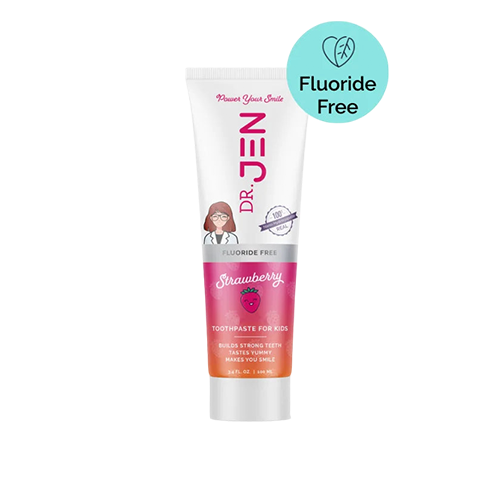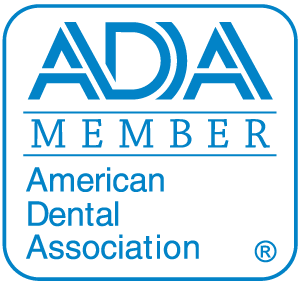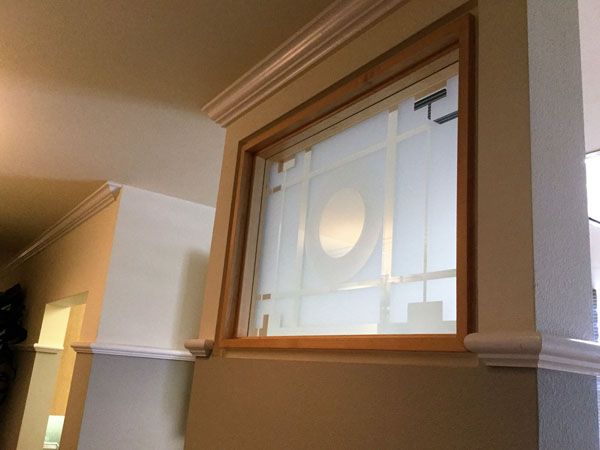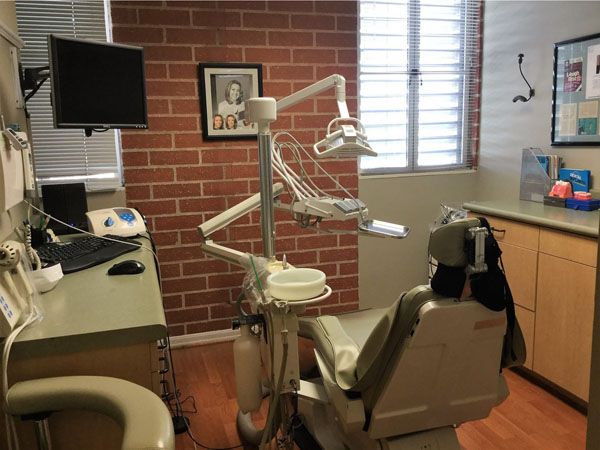Preventative dental treatments, also known as prophylaxis, are intended to maintain your oral health by taking specific actions to prevent common oral health conditions such as tooth decay and gum disease. The ultimate goal of preventative dental care is to minimize the occurrence of dental problems and to avoid the need for invasive dental procedures. Preventative dental care consists of regular dental checkups, cleanings, fluoride treatments, and addressing problems such as tooth sensitivity, bleeding gums, and white spots on the teeth.
Frequently Asked Questions:
What causes sensitive teeth and how can I treat them?
Sensitive teeth produce a sharp, deep pain when exposed to hot, cold, sweet, or acidic foods and beverages. Two common causes of sensitive teeth are worn enamel or exposed tooth roots. Depending on your individual case, your dentist may recommend one or more of the following treatments for sensitive teeth:
- Desensitizing toothpaste: this type of over the counter toothpaste contains specific ingredients that help to reduce tooth sensitivity.
- Fluoride: fluoride is used to strengthen the tooth enamel and may be applied to certain areas of worn enamel to reduce pain. You may also receive a prescription for fluoride treatments to apply at home.
- Dental bonding: in the case of exposed tooth roots, your dentist may suggest a treatment known as dental bonding, which bonds composite resin to the exposed tooth roots in order to prevent tooth sensitivity.
- Surgical gum graft: some cases of exposed tooth roots can also be treated by taking gum tissue from another area of the mouth and grafting it to areas where gum recession has occurred.
What causes white chalky spots on my teeth and how can I treat them?
White chalky spots on the surface of your teeth are signs of demineralization, which is the earliest sign of tooth decay. Known as incipient cavities, these white spots are areas on the enamel that have been damaged by decay-causing bacteria, but are not yet decayed. At this stage, fluoride can often be used to remineralize the enamel and reverse the damage. Additionally, your dentist may recommend one or more of the following:
- ICON: this is a new, revolutionary approach to treating incipient cavities that works by filling and reinforcing demineralized enamel without the need for drills or anesthesia. After the surface of the tooth has been slightly etched, the resin infiltrant is applied and left to soak into the tooth for about 3 minutes. This resin infiltrant is designed for rapid penetration into the enamel and will remineralize the surrounding structure.
- PrevDent products
- Colgate® PreviDent® 5000 Plus (Rx): prescription-strength toothpaste that can deliver 5000 ppm fluoride.
- PreviDent® 5000 ppm Booster Plus (Rx only) (1.1% Sodium Fluoride): toothpaste with tricalcium phosphate.
- PreviDent® 5000 Enamel Protect (Rx only) (1.1% Sodium Fluoride, 5% Potassium Nitrate)
- Colgate® PreviDent® Brush-on Gel: a 1.1% sodium fluoride brush-on gel with neutral pH designed for at-home use by patients requiring extra-strength fluoride protection.
- PreviDent® 5000 Dry Mouth (Rx only) with 1.1% sodium fluoride: enables faster fluoride dispersion than paste-form Rx toothpaste and is less irritating.
- Remin Pro: take-home product with triple protection of fluoride, nano-hydroxyapatite (calcium and phosphorus), and xylitol.
Why are my gums bleeding and how can I treat this?
In most cases, bleeding gums are caused by periodontal disease, also known as gum disease. Gum disease can be either mild gingivitis or advanced periodontitis. Gum disease is characterized by a number of progressive symptoms such as bleeding gums, deep gum pockets, gum recession, bone loss, and eventual tooth loss in its most severe forms.
Since gum disease is primarily caused by an excess accumulation of bacteria along the gum line, soft tissue dental lasers are ideal for the prevention and treatment of gum disease. This is because dental lasers use low-light laser energy to rupture the cell wall of bacteria, while leaving the gum tissue unharmed. Additionally, bacteria are unable to develop a resistance to laser treatment, meaning that it will continue to be effective. Using laser therapy for periodontal therapy and maintenance will reduce bacterial count in the gum pockets, coagulate only diseased tissue for removal, stimulate the tissues to promote better healing, and reduce the need for prescription medications.
sold at the office






















